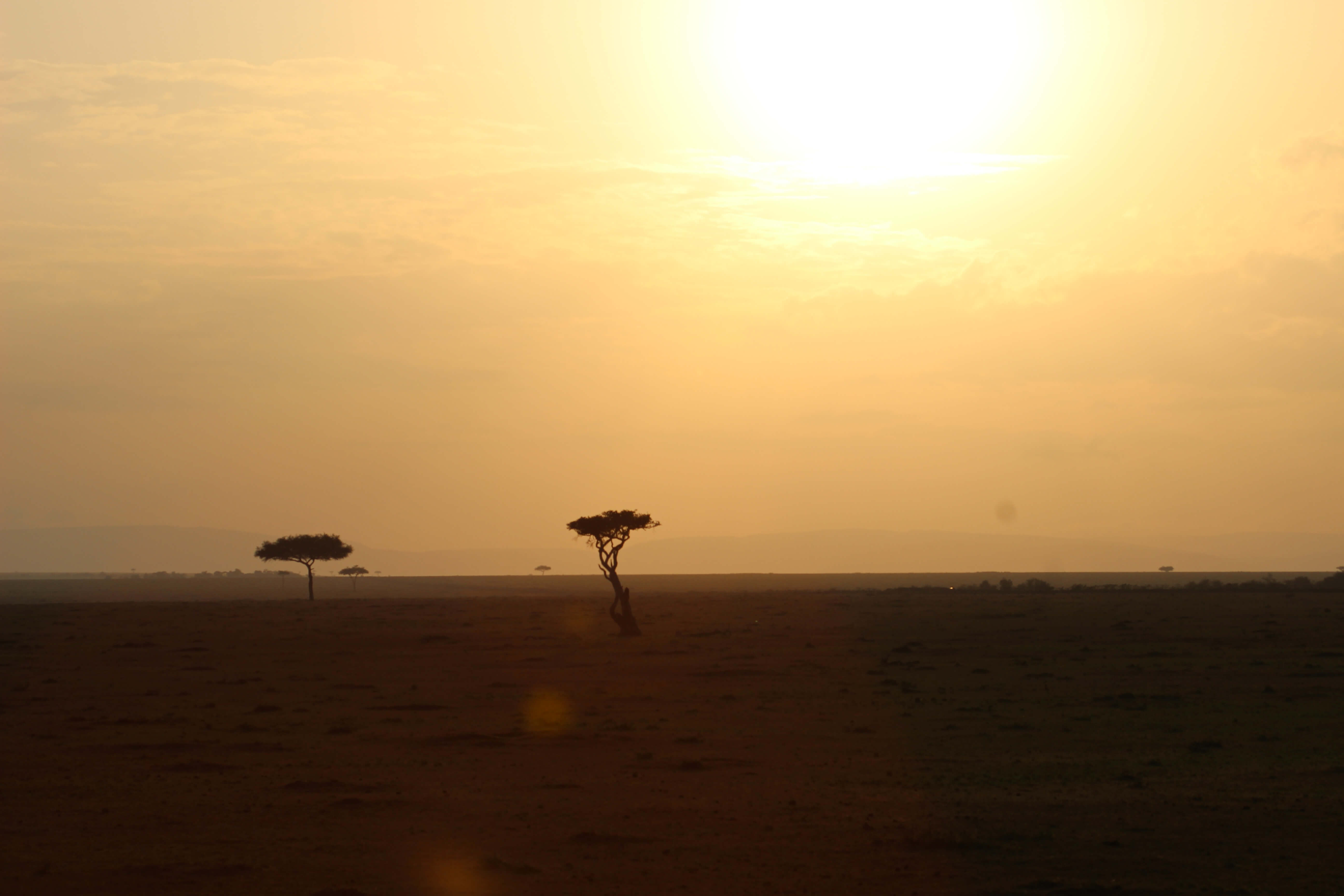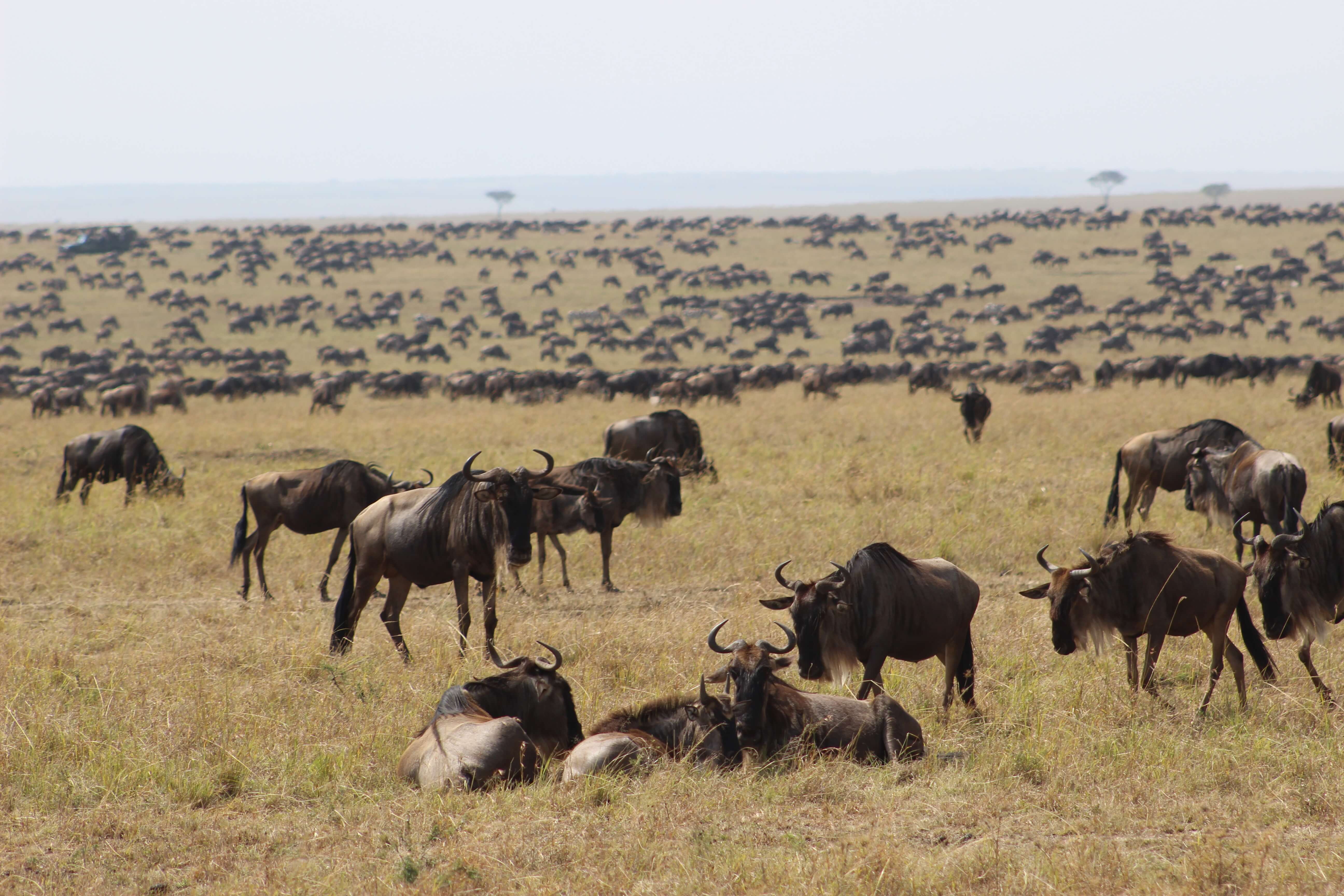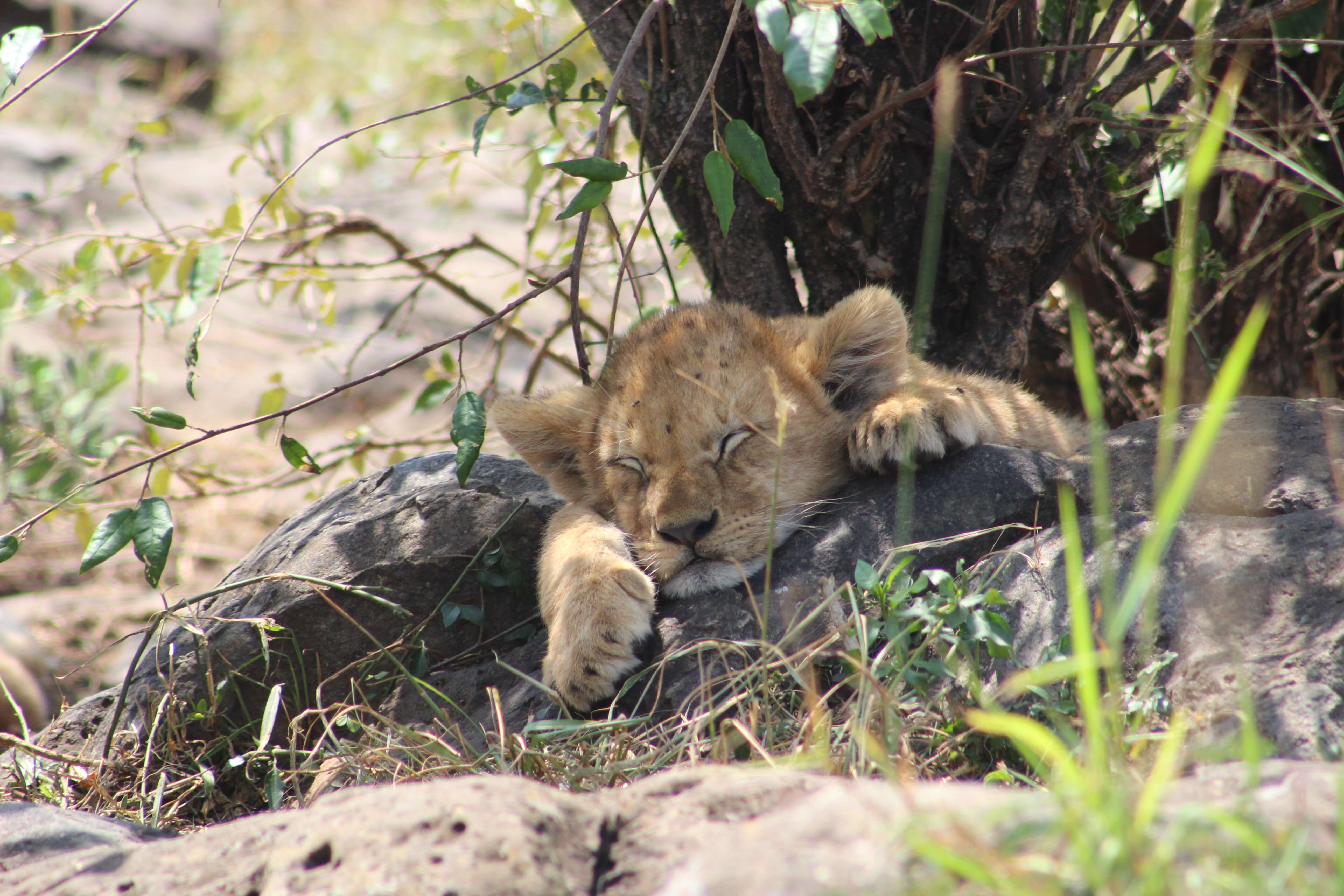I recently got to go on a safari… in Africa! The trip was exceptional and the pictures taken are the kind that are worth a thousand words. If you follow me on Instagram, you already got to see a few of them, but I have many more to share! Going on safari in Africa is a trip of a lifetime, but going somewhere new and to experience new things, can leave you with several questions, from when to go to what to wear, and what you must bring with you. Here is a quick guide to help you through your preparation. After all, everyone should go on safari in Africa at least once!

When to Go
The best time to visit Africa is always during the great migration, which is in its prime during July and August in Kenya and Masaai Mara. That said, most tourists tend to visit during that timeframe, making it crowded and expensive. During my visit, there were a lot of tourists from all around the world and some obviously did not research safari etiquette before their trip (don’t worry, I’ve got your covered – check out my etiquette section below).
If you go in June or in September/October, you can still see all the animals and you may even be able to see the migration, but you’d have to be flexible to move from Kenya’s Maasai Mara to Tanzania’s Serengeti.
With the timeframe in mind, plan which locations to visit ahead of time. There is too much to do and see in Africa, so researching locations will ensure that you get to cover your priority list.

Visas and Vaccinations
You will need to get a visa to enter Kenya, which you can either get in advance before your trip (e-visa), or in person upon arrival. If you are doing it in person, make sure you bring the required documents and the right amount of cash to pay. Also make sure to look into all the vaccinations required. At the time of my trip, I had to get the yellow fever vaccination, typhoid, malaria, hepatitis A/B, and measles. However, consult your doctor to make sure you have everything you need including your standard routine vaccines.
What to Pack
Bring a lot of neutral colour clothes! Some colours tend to scare and aggravate the animals, and well… I don’t recommend doing that (not speaking from personal experience because I knew better :)). One day during our safari, we were stuck for a moment between a pride of lions and a herd of buffalo. They were both ready to attack each other and needless to say, I was happy to mostly blend into the background with my neutral colours! Remember to pack comfortable clothes, a good pair of hiking shoes, and layers. Although it’s warm during the day, temperatures drop at night.

Make sure you pack binoculars and telephoto lens. The animals won’t always be up close, and binoculars will help you see so much more and in so many details! The telephoto lens will help you capture amazing images from a distance.
Also bring cash for service tips. Kenya uses the Kenyan Shilling but they accept USD everywhere, which makes it super convenient. Tip moderately and in accordance with the level and quality of service provided. Here are a few tip suggestions:
– Kenya safari and tour guides at camps and lodges: $10 USD to $15+ per day
– Hotel and airport porters: $1 USD to $2+ per bag
– 10% of total bill for restaurants
Safari Etiquette
How should you behave on safari? Here are some tips on what to do and what not to do to make sure you have an enjoyable time, but also so that other guests can too!
– Stay in your vehicle – do not try to get out to take better photos. It’s not worth the risk.
– Listen to your driver/guide – they are the experts! Trust their judgment and listen to their instructions.
– Be quiet – loud noises tend to scare off the animals, so keep your voices down. People pay a lot of money to go and see animals, so be respectful and don’t ruin it for everyone.
– Do not feed the wildlife – for starters, you do not know what their diet is and some animals can get aggressive when they see food. They are in the wild for a reason.
– Respect the environment – do not remove or damage any plants or natural material. Only take memories with you.
– Ask for permission before taking photos of locals.
– Be on time – depending on the size of your party, you may need to share a safari vehicle with other guests, so don’t make them wait! This brings us to our last point…
Sleep Schedule
Aside from the time change, you will also be waking up before the sun rises, as the best time to see the animals is early in the morning before the sun comes out. Remember, this is a trip of a lifetime. You can sleep later! 🙂

One of the best parts about the trip is that you never know what you are going to see each day. Stay tuned for PART II, where I will be sharing some amazing pictures and stories of the trip itself.


























0 Comments